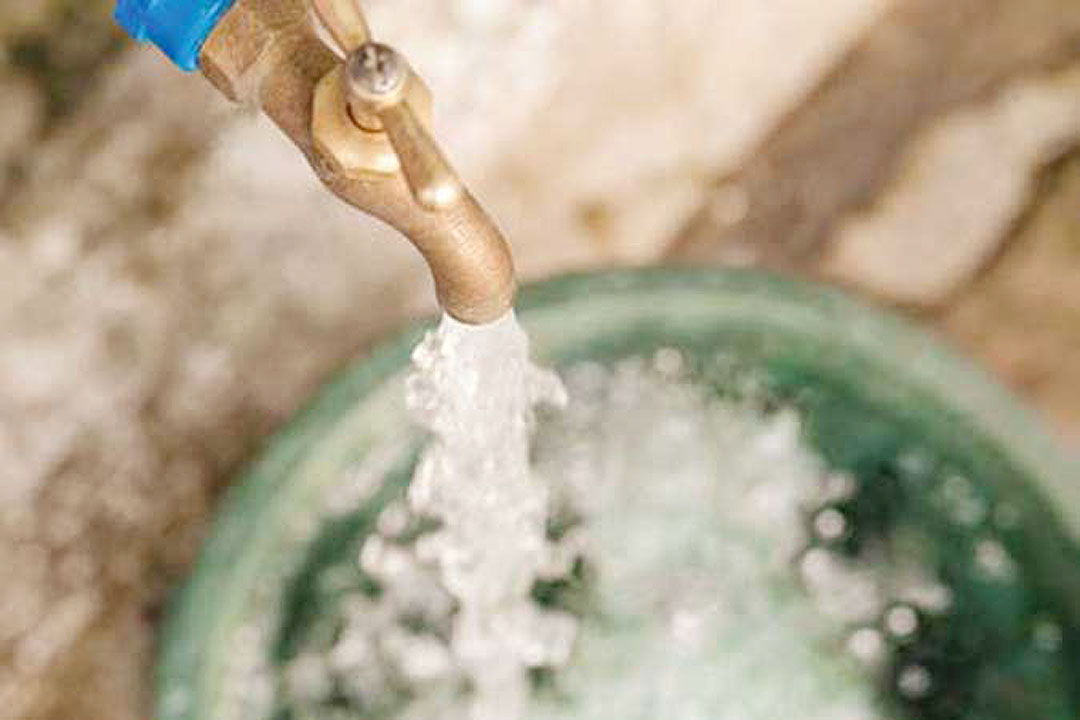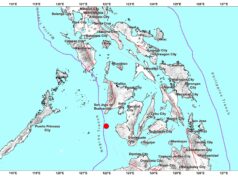More Filipinos gained access to water, sanitation facilities in 2024

By Pierce Oel A. Montalvo, Researcher
MORE FAMILIES gained adequate access to basic drinking water, sanitation, and hygiene (WASH) facilities last year, according to the Philippine Statistics Authority’s (PSA) Annual Poverty Indicators Survey (APIS).
The preliminary 2024 APIS results show that 97.5% of 28.01 million families had access to at least basic drinking water services, up from 96.3% in 2022. The share of families with limited and unimproved access to water also declined to 0.9% (from 1.3%) and to 1.4% (from 2.3%), respectively.
Rizal Commercial Banking Corp. Chief Economist Michael L. Ricafort linked the improvement to the increase in infrastructure spending in recent years, particularly in further expanding water supply sources and improving security for Metro Manila and other urban areas.
This is due to lessons “from some interruption in water supply in 2019, as well as prioritized further during the COVID-19 pandemic when it comes to ensuring continuous water supply and sanitation.” he said in an e-mail.
Reinielle Matt M. Erece, economist at Oikonomia Advisory and Research, Inc. welcomed the improvement but noted the difference between those with “limited” and “unimproved” access is concerning.
This “may show that despite good progress with providing access to clean drinking water, water infrastructure still needs progress,” she said in a separate e-mail.
“In particular, water treatment facilities and pipelines are still needed to reach rural areas that are in dire need of clean drinking water.”
Of the 17 regions, the National Capital Region had the highest access to at least basic drinking water services, at 99.6%, rising from 99.3% in 2022. Central Luzon and Calabarzon followed, with 99.4 (from 99.3%) and 98.6% (from 98.7%), respectively.
The Bangsamoro Autonomous Region in Muslim Mindanao had the lowest access to drinking water at 88.2% (from 87.8%). Mimaropa and the Cordillera Administrative region followed, at 93.1% (from 92.1%) and 94%, respectively.
The PSA defines a basic drinking water source as drinking water from an improved source where collection time does not exceed 30 minutes for a round trip, including queuing.
Access to basic sanitation facilities also increased to 84.7% of families in 2024, from 84% in 2022.
However, those with unimproved or no sanitation facilities stayed at 2.7% and 2.6%, respectively.
Central Luzon had the highest access to basic sanitation facilities at 94.3%, from 92.5%. This was followed by Cordillera Administrative Region at 90.7% (from 87.4%), and Caraga at 88.3% (from 89.3%).
Handwashing access rose significantly to 94% among the 27.07 million families who permitted inspection of their facilities, up from 93.2%.
Cordillera Administrative Region had the most access to basic handwashing facilities at 98.4%, from 91.4%. Following were Central Luzon at 97.8% (from 96.1%), and by Western Visayas at 97.6% (from 97.7%).
Mr. Ricafort said that public-private partnerships and other large infrastructure projects are needed to further improve drinking water supply and sanitation services, to ensure improved coverage of water utility services to more areas, especially in the rural and other underserved areas.
The PSA said the survey related to WASH was primarily undertaken to monitor compliance to the Sustainable Development Goals (SDGs), particularly SDG No. 6, which aims to “ensure availability and sustainable management of water and sanitation for all.”



